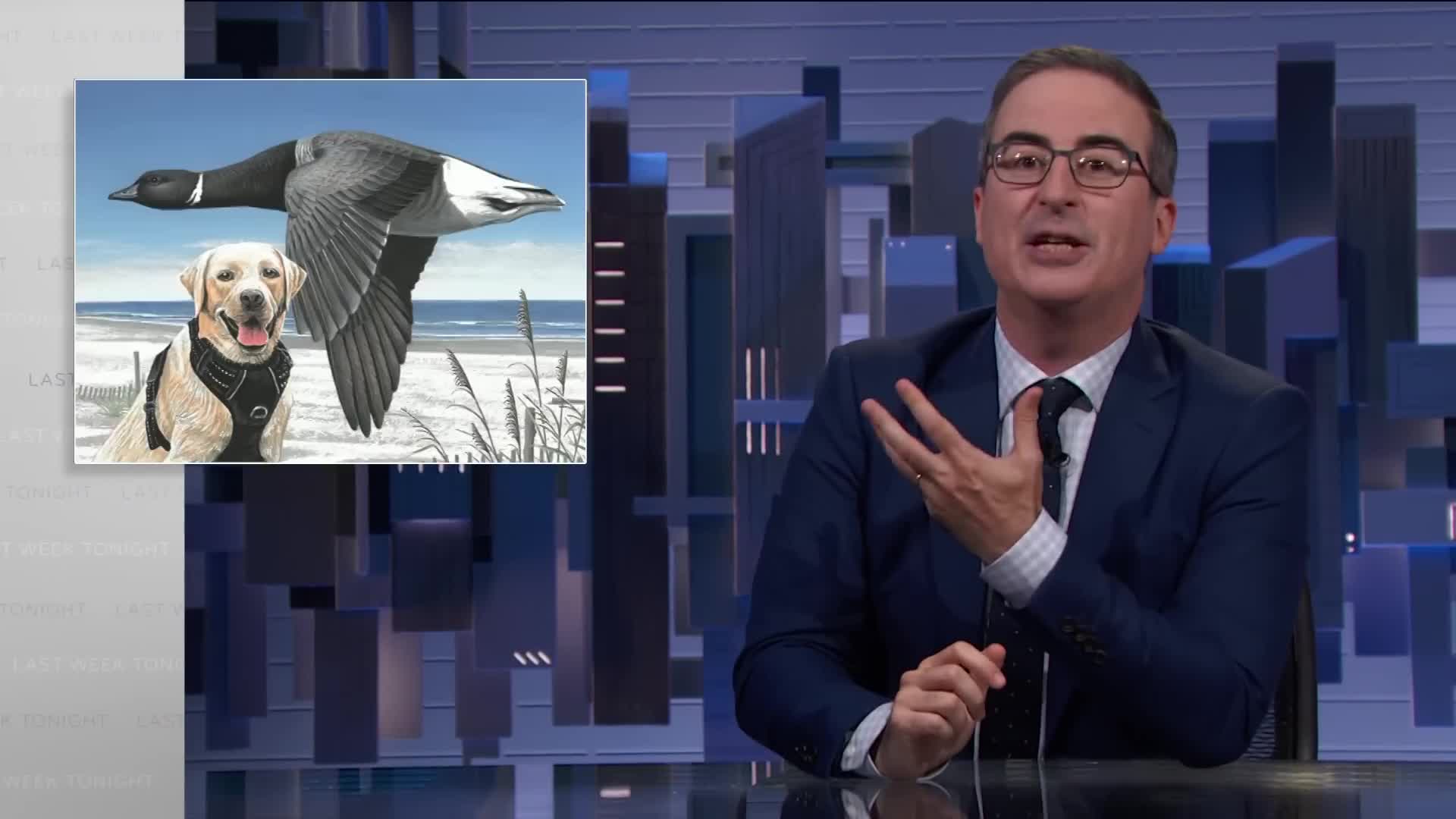Environmental Sustainability
Environmental sustainability is the responsible management and utilization of natural resources aimed at meeting the needs of the present without compromising the ability of future generations to meet their own needs. This concept is integral as it ensures a stable and healthy environment through responsible practices that protect ecosystems, reduce carbon footprints, and promote the use of renewable energy sources such as solar and wind power. The urgency of environmental sustainability is underscored by the increasing challenges of climate change, water scarcity, and biodiversity loss, which demand coordinated efforts from individuals, businesses, and governments alike. Recent discussions highlight the role of sustainable practices across various sectors, including agriculture and the arts, where innovative solutions are being developed to address environmental concerns. For instance, sustainable agriculture techniques, such as crop rotation and water-smart farming, not only enhance food security but also minimize ecological disruption. In the corporate world, businesses are increasingly adopting environmental, social, and governance (ESG) frameworks to reduce their ecological impact while promoting transparency and accountability. As the United Nations emphasizes in its Sustainable Development Goals, fostering environmental sustainability is crucial for ensuring the health of our planet while supporting long-term human welfare and economic growth. By integrating sustainability into daily practices, societies can work towards a resilient future that balances economic advancement with the preservation of our natural environment.
Why are the residents of the Ogale community in Nigeria protesting against Shell?
Residents of Ogale, Bilay, and Ugali communities in Nigeria are protesting against Shell due to ongoing legal battles over severe oil pollution. For a decade, these communities have suffered from hundreds of oil spills that have destroyed their livelihoods and damaged their homes. Dressed in black, protesters blocked access to a Shell facility, chanting 'Shell must pay.' The communities are pursuing legal action in the United Kingdom courts, demanding accountability from the oil giant for the extensive environmental damage that has devastated their agricultural lands and water sources.
Watch clip answer (00:37m)How did the Trump administration's policy changes affect the Duck Stamp Contest and conservation funding?
Under the Trump administration, a controversial rule was implemented requiring all Duck Stamp Contest entries to feature hunting imagery, which many artists and conservationists opposed. This mandate created unnecessary barriers and potentially discouraged participation in the competition, which was particularly concerning given that Duck Stamp sales were already declining. The policy change was problematic because Duck Stamp sales are crucial for wildlife conservation funding, with 98% of revenue going directly toward protecting wetlands. When fewer people participate or purchase stamps due to restrictive rules, it directly translates to reduced conservation funding. Fortunately, this hunting imagery requirement was set to be eliminated, recognizing that driving people away from the Duck Stamp program undermines its primary conservation mission and the vital funding it provides for wetland protection efforts.
Watch clip answer (00:30m)What are federal duck stamps and how do they contribute to wildlife conservation?
Federal duck stamps are government-issued permits that waterfowl hunters are legally required to purchase and possess while hunting. Despite being called "stamps," they function more like permits rather than traditional postage stamps. These stamps serve as a crucial conservation funding mechanism, with the majority of sales coming from hunters who must comply with federal hunting regulations. The revenue generated from duck stamp sales directly supports wildlife conservation efforts, particularly for protecting wetlands and various species beyond just waterfowl. This system creates an effective conservation tool where hunters, who are the primary users of these habitats, become the primary funders of their preservation. Increasingly, non-hunters are also voluntarily purchasing these stamps as a direct way to contribute to conservation efforts, demonstrating the program's broader appeal as an environmental protection initiative.
Watch clip answer (00:57m)How does John Oliver's Duck Stamp art auction combine entertainment with wildlife conservation efforts?
John Oliver leverages his comedy platform "Last Week Tonight" to create an innovative fundraising approach for wildlife conservation. Through auctioning humorous duck-themed artwork, he transforms entertainment into environmental activism, with 100% of proceeds supporting the federal Duck Stamp program. This creative initiative demonstrates how media personalities can use their influence for conservation causes. The Duck Stamp program has historically protected millions of acres of wildlife habitat, and Oliver's auction provides a unique way for viewers to contribute while acquiring original artwork. The segment showcases the intersection of comedy, art, and environmental stewardship, proving that entertainment can be both engaging and purposeful in addressing serious conservation issues.
Watch clip answer (00:42m)What were the key outcomes and concerns regarding international climate commitments made at COP26?
COP26 featured striking art installations, like Tuvalu's polar bears in life vests and a penguin in a noose, highlighting the desperate situation of climate-vulnerable nations. World leaders made significant pledges including reducing coal and methane emissions and ending deforestation, which could theoretically limit global warming to 1.8 degrees if fully implemented. However, this falls short of the critical 1.5-degree target needed to prevent catastrophic consequences. The situation becomes more concerning when considering nations' poor track record on climate promises. For instance, rich countries pledged $100 billion annually to help developing nations by 2020 at COP15 twelve years earlier, yet they remain far from meeting this commitment, raising serious doubts about whether current pledges will be fulfilled.
Watch clip answer (01:45m)How did President Biden's behavior at the COP26 climate summit reflect the broader challenges and contradictions in global climate action?
President Biden's apparent dozing off during the opening session of COP26 created an unfortunate symbolic moment that highlighted the disconnect between the urgency of climate action and political leadership engagement. This incident occurred at what was described as "one of the most important meetings in history," making the optics particularly problematic for climate advocacy. The summit showcased stark contrasts between serious climate demonstrations and political theater. While nations like Tuvalu presented powerful visual exhibits depicting their existential threat from rising sea levels through displays of polar bears in life vests and penguins in nooses, world leaders' commitment appeared questionable. This juxtaposition exemplifies the broader challenge in climate policy - while vulnerable nations face immediate existential threats and activists demonstrate urgently outside, the political leadership responsible for implementing solutions sometimes appears disconnected from the gravity of the situation.
Watch clip answer (01:12m)



